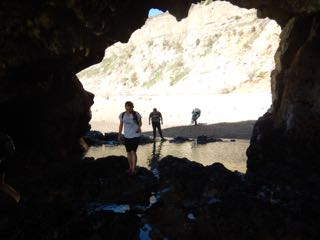
We stopped on the way up to Cambria last weekend at a sea tunnel and adjacent beach between Pismo Beach and Shell Beach.
| 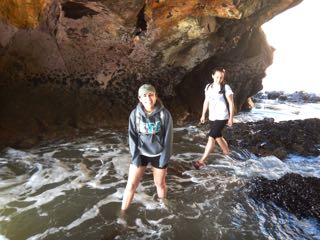
-
| 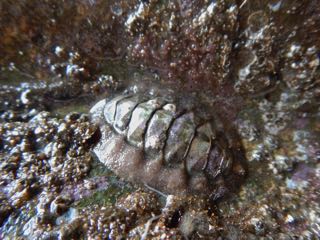
Mopalia hindsii (Hinds' chiton) seems to thrive in sea caves.
|
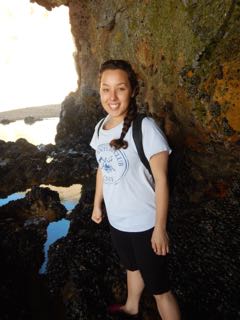
-
| 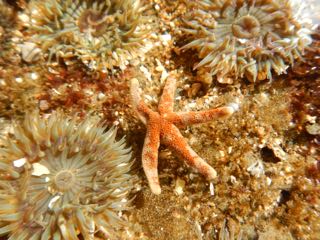
Henricia pumila (mottled brooding dwarf Henricia)
| 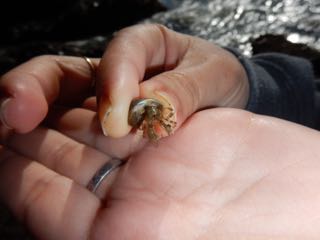
Pagurus hirsutiusculus
|
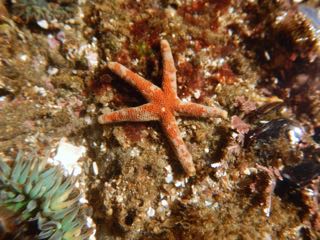
Henricia pumila
| 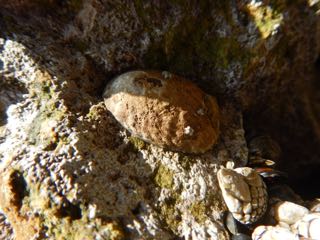
Owl limpet (Lottia gigantea)
| 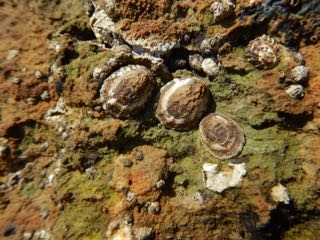
Finger limpet rock morphs (in the transition zone between the southern Lottia austrodigitalis and the northern L. digitalis)
|
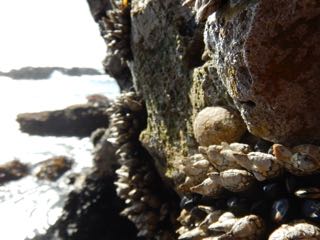
This owl limpet (Lottia gigantea) is on its territory, above gooseneck barnacles on which there are a few rather obvious finger limpet barnacle morphs (either Lottia digitalis or L. austrodigitalis).
| 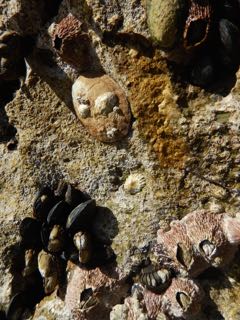
This owl limpet female has barnacles and a couple of rough limpets (Lottia scabra) with home scars on her shell, and another seven or so that have home scars on parts of the owl limpet territory where they cannot be bulldozed off, sitting down in their home scars. The reddish barnacles are red-thatched barnacles (Tetraclita rubescens), with a northern spiny chiton (Nuttallina californica) nestled against the two at the very bottom of this image.
| 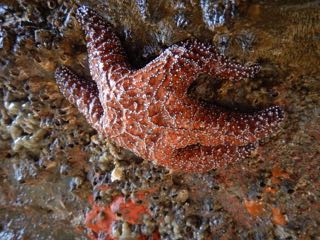
We saw about five healthy-appearing Pisaster ochraceus in this sea tunnel.
|
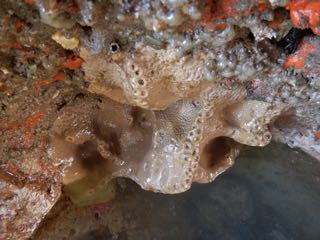
This was an impressively thick sponge. I don't know which one. It did not seem to smell much, as some sponge species do.
| 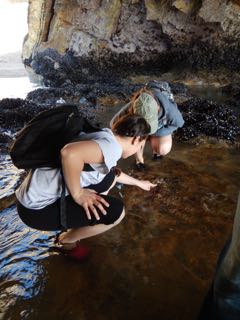
-
| 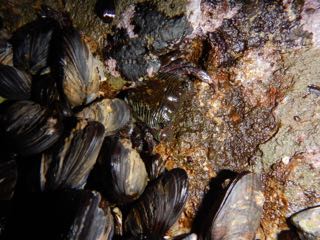
Pachygrapsus crassipes (striped, or lined, shore crab) hiding in a crevice near Mytilus californianus (California mussels).
|
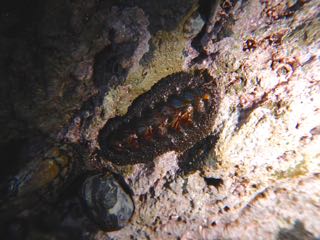
Nuttallina californica (northern spiny chiton)
| 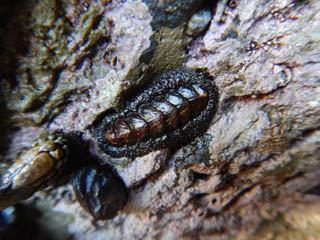
Nuttallina californica
| 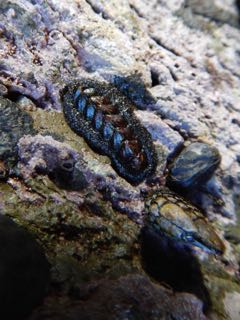
Nuttallina californica, Mytilus californianus, and Pollicipes polymerus
|
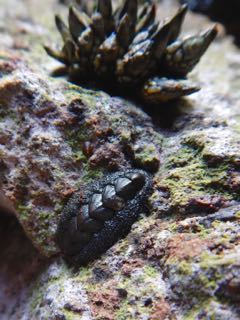
Nuttallina californica with a cluster of Pollicipes polymerus in the background and, if you look closely, a small shield limpet (Lottia pelta) in between.
| 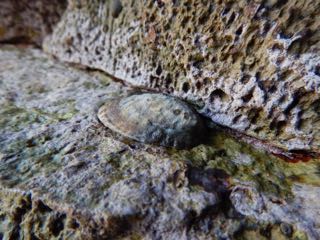
owl limpet (Lottia gigantea)
| 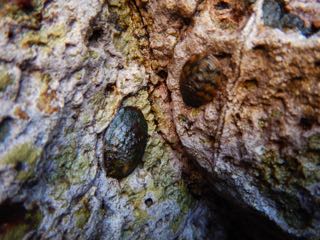
juvenile owl limpets
|
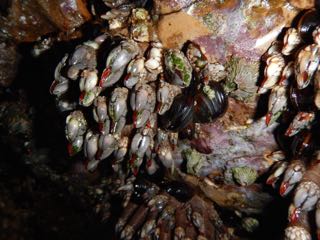
In sea cave habitats, Pollicipes polymerus (gooseneck barnacles) have red lips for some reason.
| 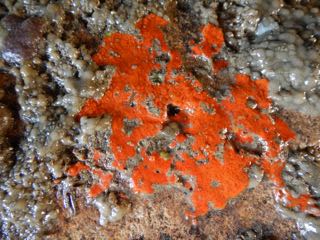
red sponge surrounded by compound tunicates
| 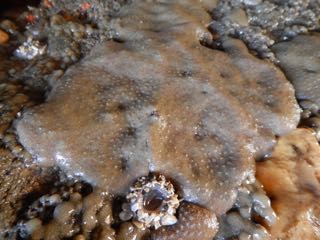
I thought this was Aplidium californicum (sea pork), a compound (approximately colonial) tunicate, but now I am not so sure.
|
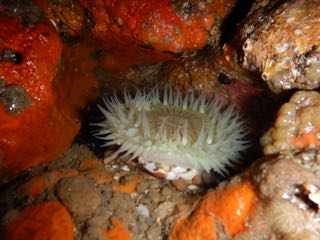
This Anthopleura sola (sunburst anemone) in a small tidepool is surrounded by red sponges.
| 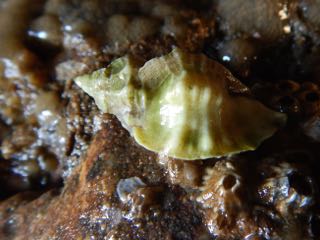
This is a 32 mm long Ceratostoma nuttalli, near the northern reported limit of its range (Shell Beach, San Luis Obispo Co., CA). The more northern and larger C. foliatum is somewhat similar but normally has more elaborate varices.
| 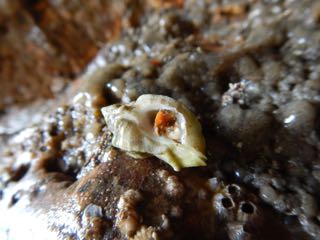
Ceratostoma nuttalli
|
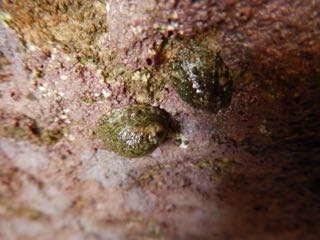
finger limpet rock morphs (Lottia austrodigitalis or L. digitalis)
| 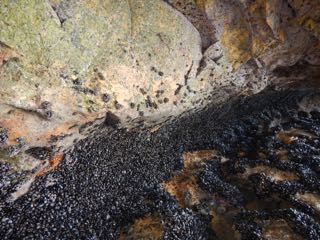
Lots of Califofnia mussels in this sea tunnel.
| 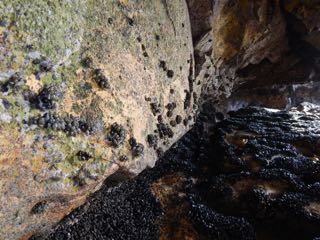
Underneath that ledge at the far end is one of my study sites for Cyanoplax caverna (sea cave brooder Cyanoplax).
|
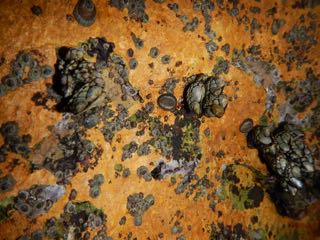
-
| 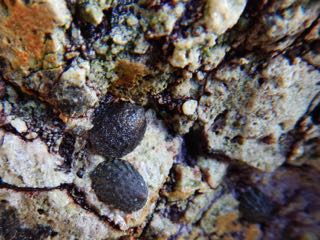
finger limpet rock morphs (Lottia austrodigitalis or L. digitalis)
| 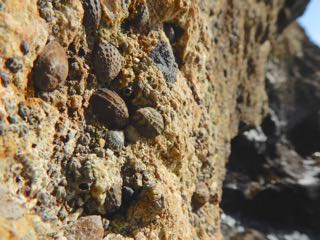
finger limpet rock morphs (Lottia austrodigitalis or L. digitalis)
|
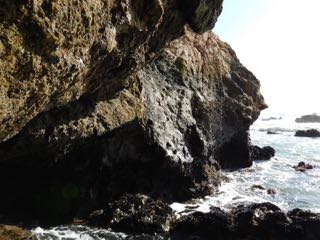
-
| 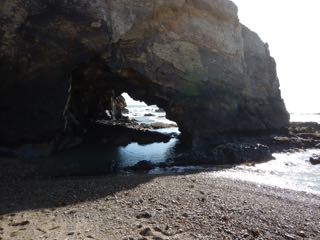
-
| 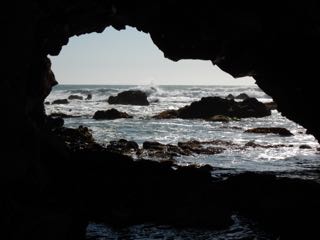
-
|
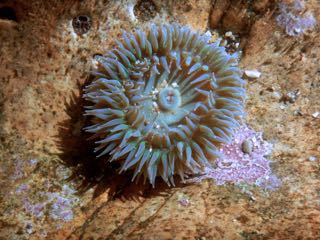
giant green anemone (Anthopleura xanthogrammica)
| 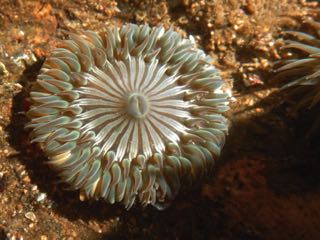
sunburst anemone (Anthopleura sola)
| 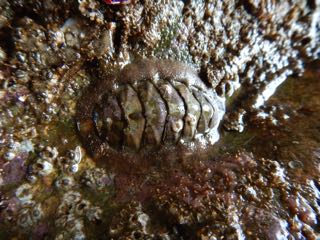
Hinds' chiton (Mopalia hindsii)
|
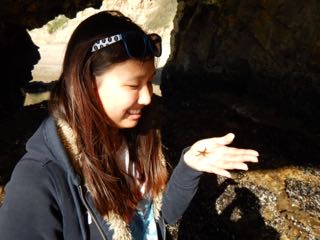
Henricia pumila
| 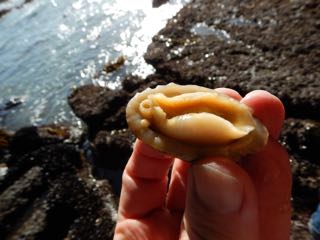
rough keyhole limpet (Diodora aspera)
| 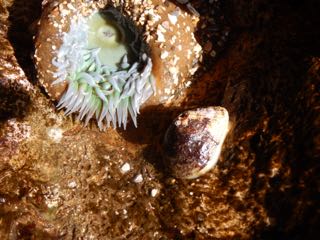
Anthopleura xanthogrammica and Diodora aspera
|
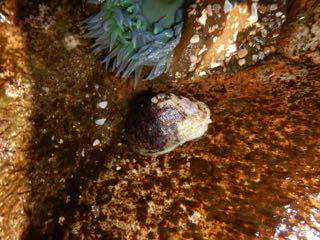
-
| 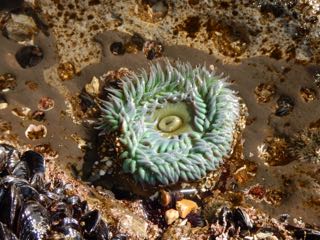
-
| 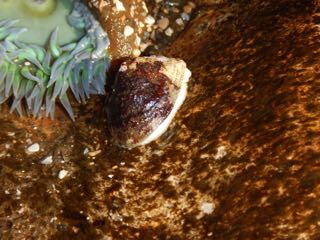
-
|
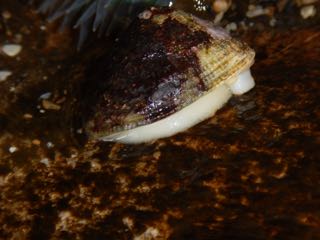
-
| 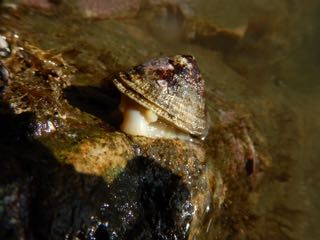
-
| 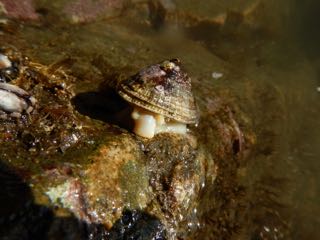
-
|
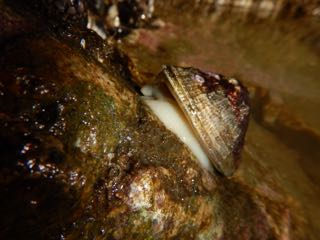
-
| 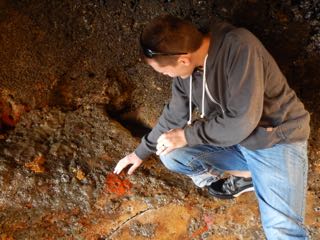
-
| 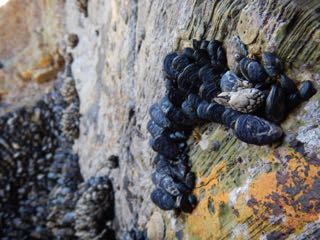
-
|
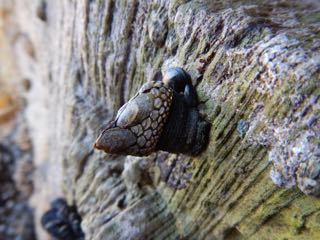
a lonely Pollicipes polymerus
| 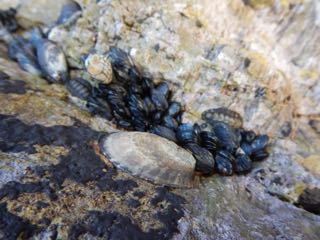
owl limpet (Lottia gigantea)
| 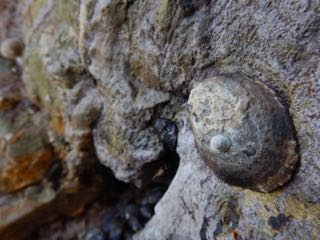
owl limpet, with a smaller limpet on its shell
|
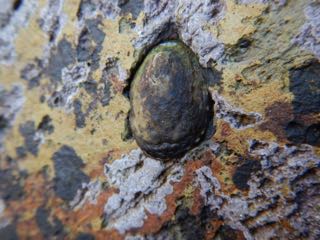
owl limpet
| 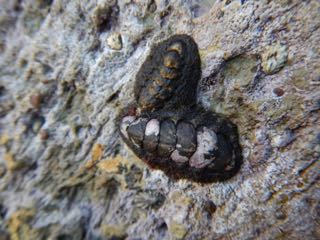
Nuttallina californica and Lottia scabra
| 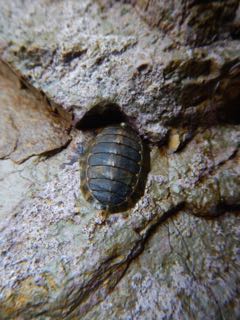
Cyanoplax hartwegii (Hartweg's chiton)
|
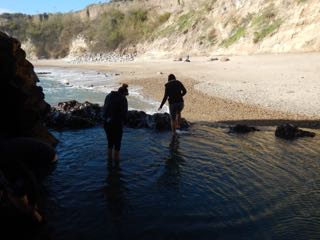
-
| 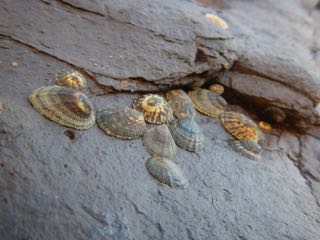
finger limpet rock morphs (Lottia austrodigitalis or L. digitalis)
| 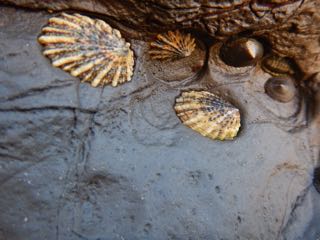
three Lottia scabra (L), three L. pelta (R) and Cyanoplax hartwegii (R)
|
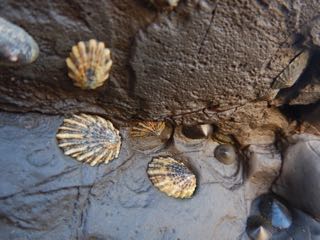
-
| 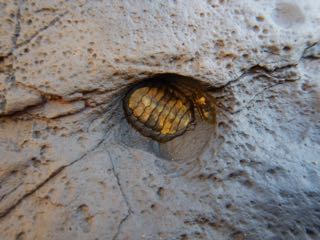
Cyanoplax hartwegii
| 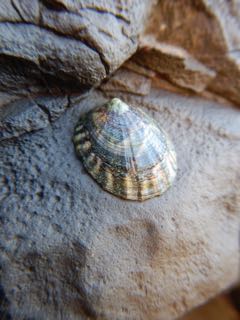
finger limpet rock morph (Lottia austrodigitalis or L. digitalis)
|
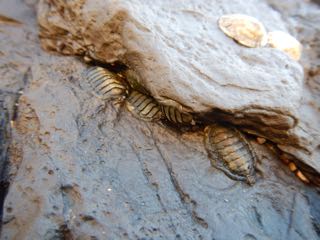
Cyanoplax hartwegii
| 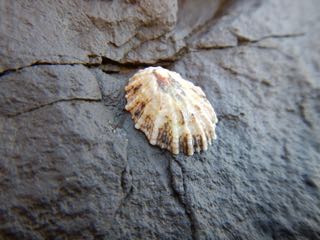
Lottia scabra
| 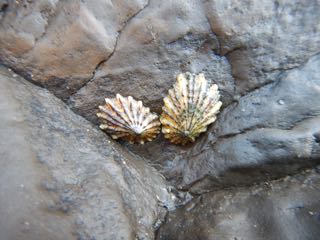
Lottia scabra
|
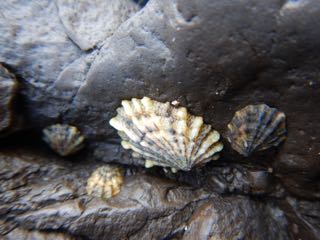
Lottia scabra
| 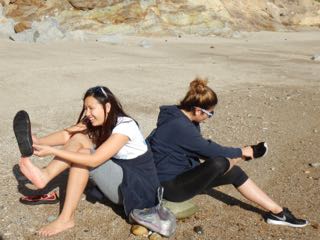
-
| 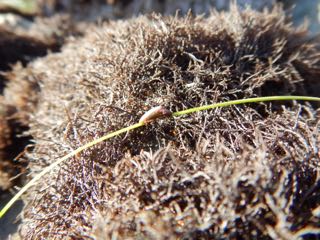
surfgrass limpet ("Lottia" paleacea) on Torrey's surfgrass (Phyllospadix torreyi)
|
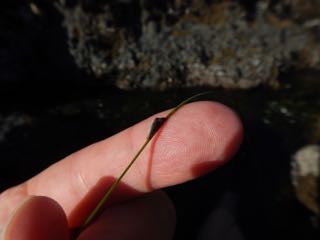
surfgrass limpet ("Lottia" paleacea) on Torrey's surfgrass (Phyllospadix torreyi)
| 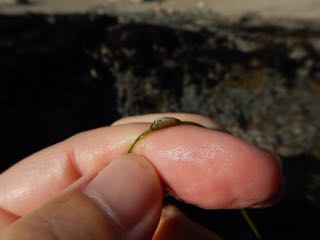
surfgrass limpet ("Lottia" paleacea) on Torrey's surfgrass (Phyllospadix torreyi)
| 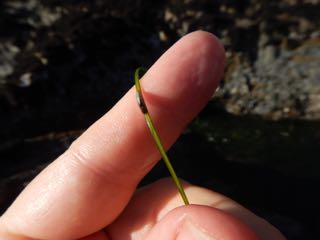
surfgrass limpet ("Lottia" paleacea) on Torrey's surfgrass (Phyllospadix torreyi)
|
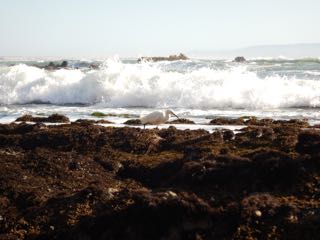
snowy egret
| 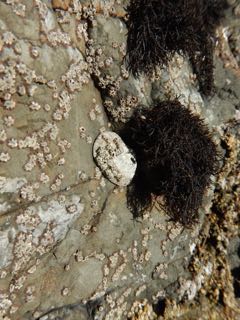
Fissurella volcano (volcano limpet) next to the red alga, Endocladia muricata.
| 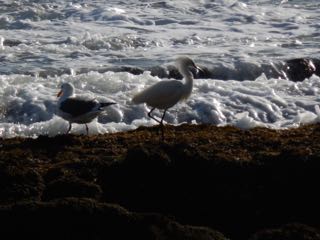
-
|
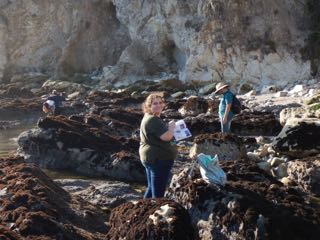
-
| 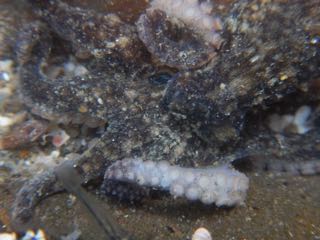
small two-spot octopus
| 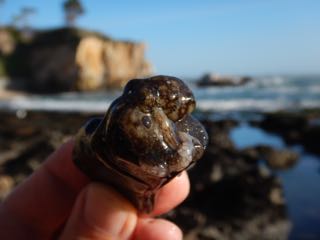
-
|
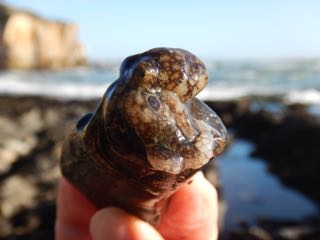
small two-spot octopus
| 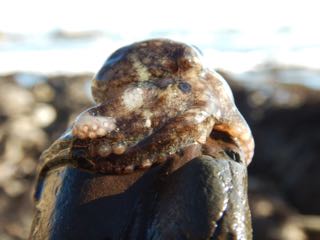
-
| 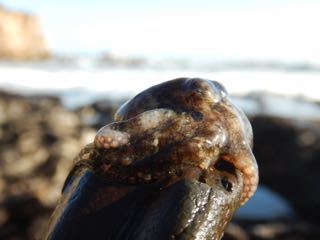
-
|
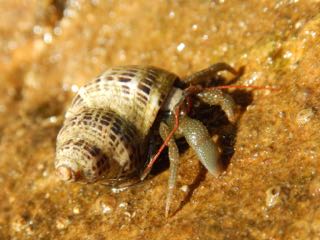
Pagurus granosimanus
| 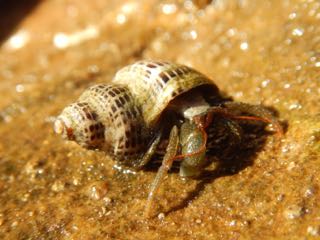
Pagurus granosimanus
| 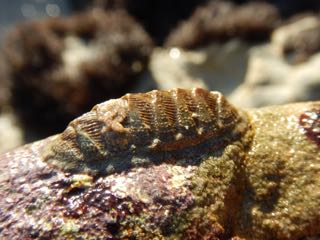
Lepidozona cooperi (Cooper's chiton)
|
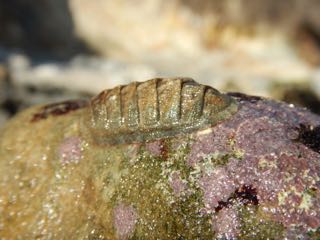
Lepidozona cooperi (Cooper's chiton)
| 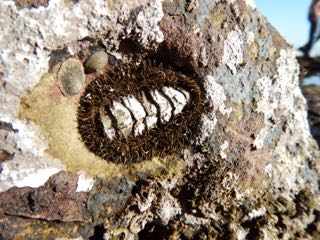
Mossy chiton (Mopalia muscosa) next to two file limpets (Lottia limatula)
| 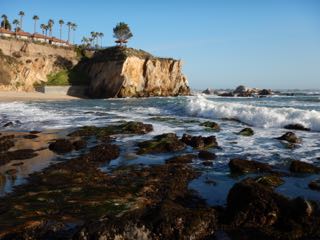
-
|
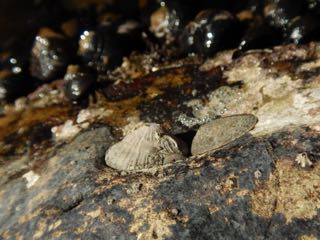
Fissurella volcano (volcano keyhole limpet) and Lottia limatula (file limpet)
| 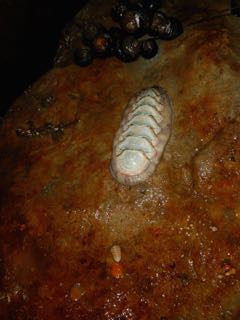
Heath's chiton (Stenoplax heathiana) above the much smaller red-footed chiton (Leptochiton rugatus).
| 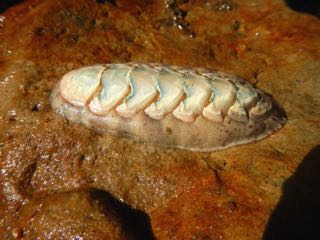
Heath's chiton (Stenoplax heathiana)
|
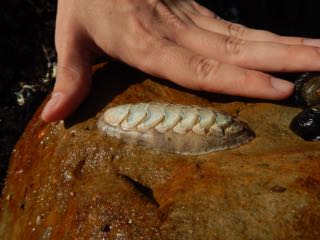
Heath's chiton (Stenoplax heathiana)
| 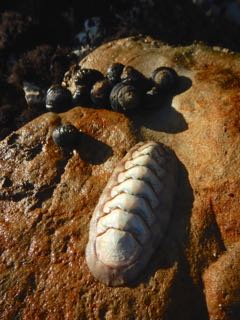
Heath's chiton (Stenoplax heathiana) and black turban snails (Chlorostoma funebralis)
| 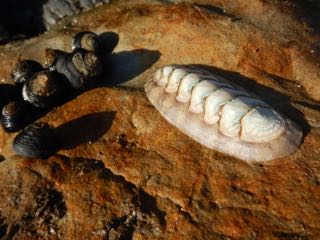
Heath's chiton (Stenoplax heathiana) and black turban snails (Chlorostoma funebralis)
|
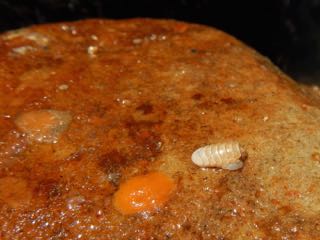
Leptochiton rugatus (red-footed chiton) in its typical "angel" pose with the posterior portions of its girdle to facilitate respiration.
| 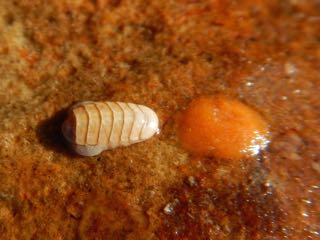
Leptochiton rugatus (red-footed chiton) in its typical "angel" pose with the posterior portions of its girdle to facilitate respiration.
| 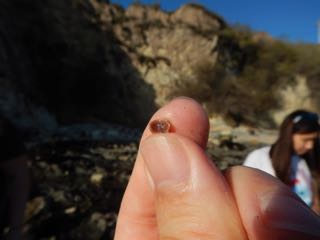
This is why I call Leptochiton rugatus the red-footed chiton. See here.
|
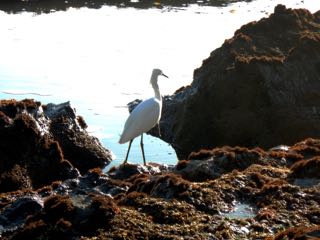
snowy egret
| 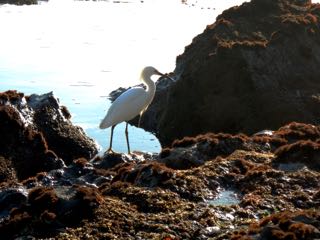
-
| 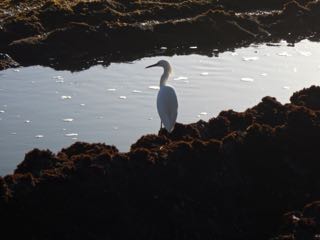
-
|
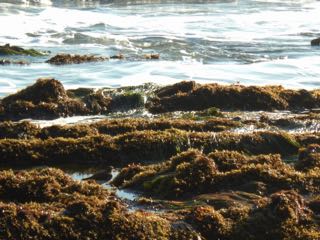
"The Black Turnstone is one of the defining species for the rocky, wave-battered Pacific Coast. It blends in well with the dark rocks, but a careful winter observer will find it from Alaska through Baja California. It is rarely found far from the vicinity of spraying waves."
- from allaboutbirds.org.
| 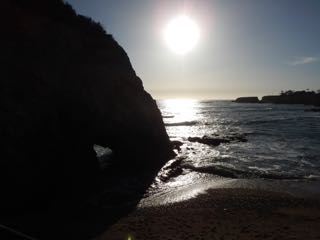
-
| 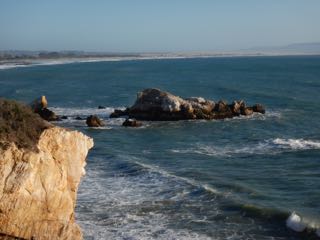
-
|
 Under Construction!
Under Construction! Under Construction!
Under Construction!